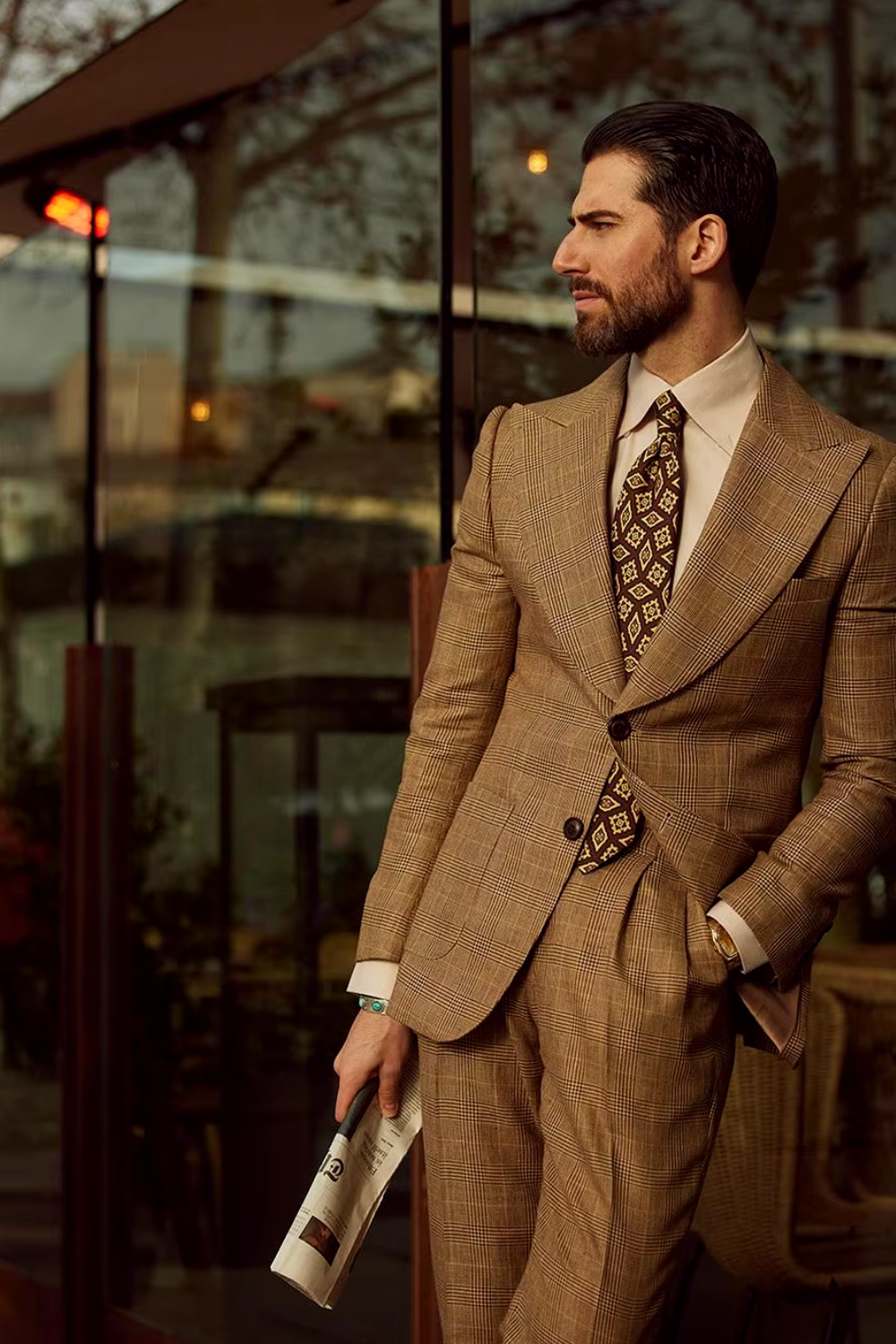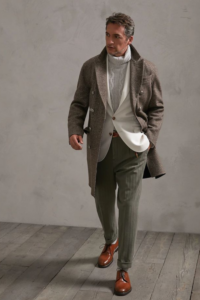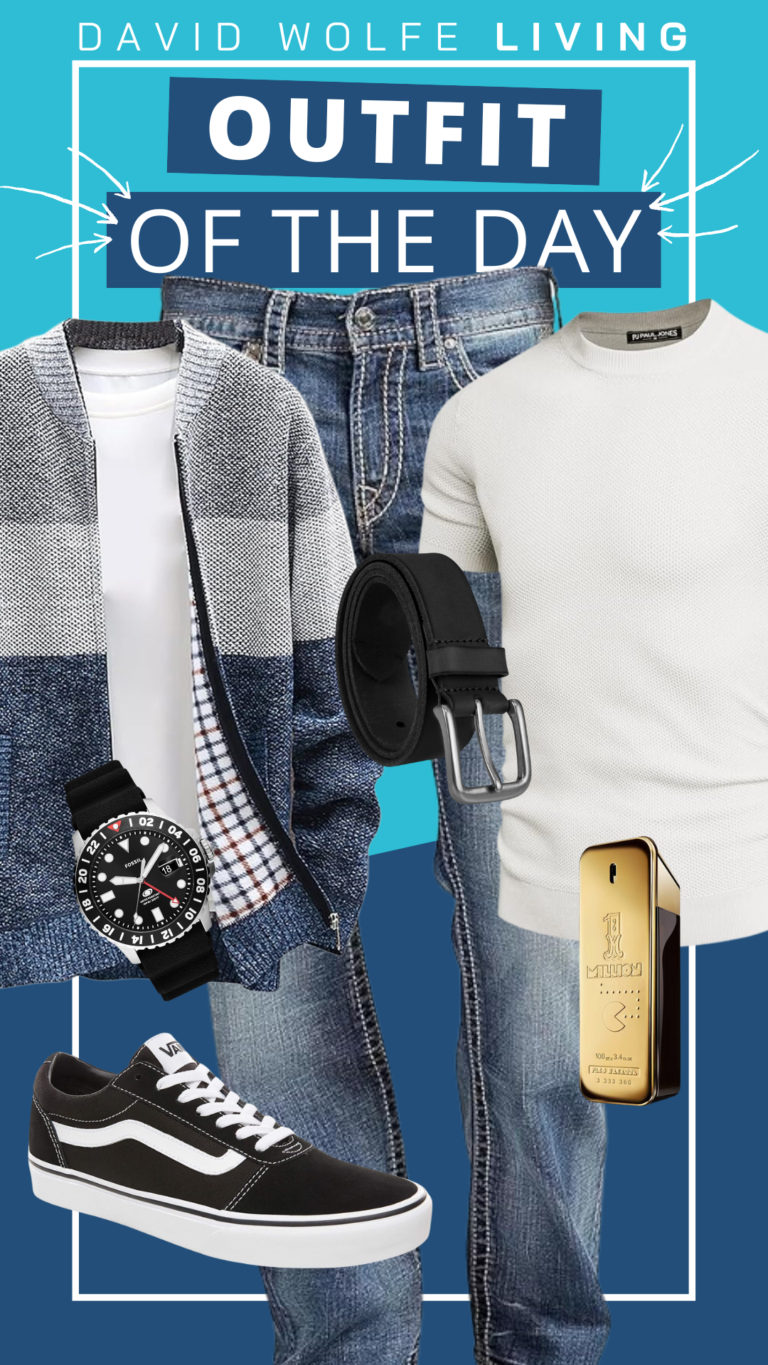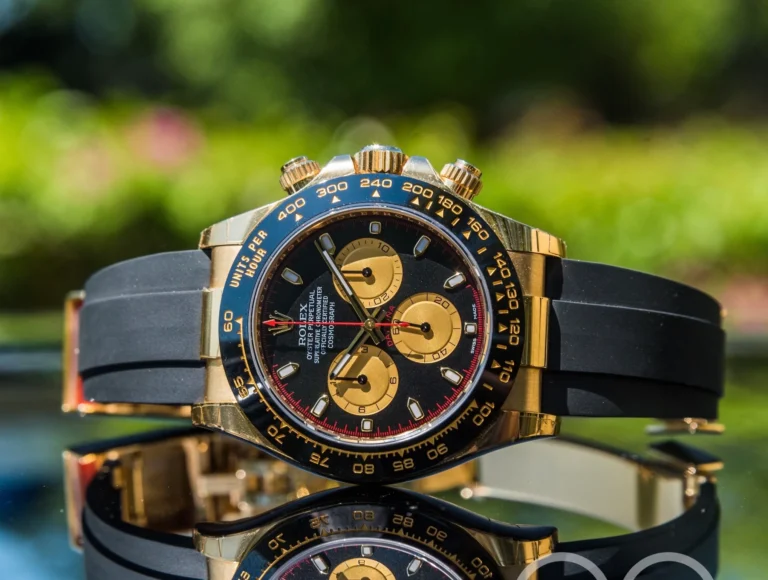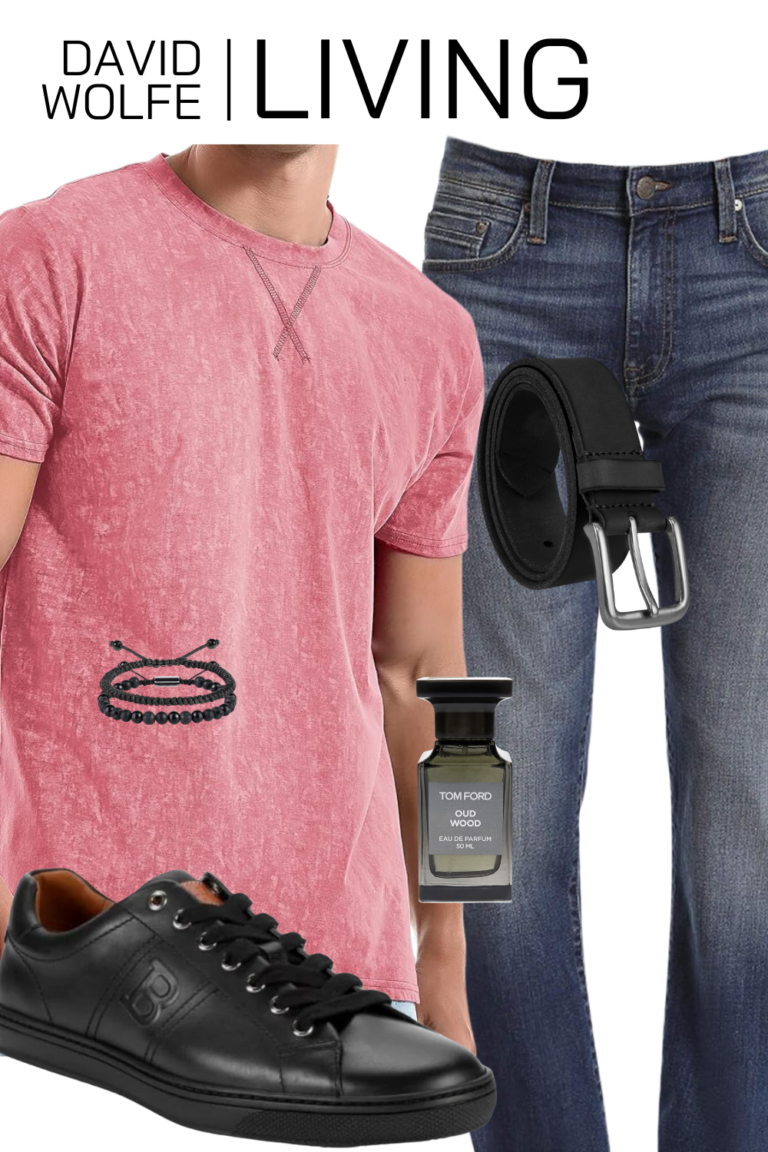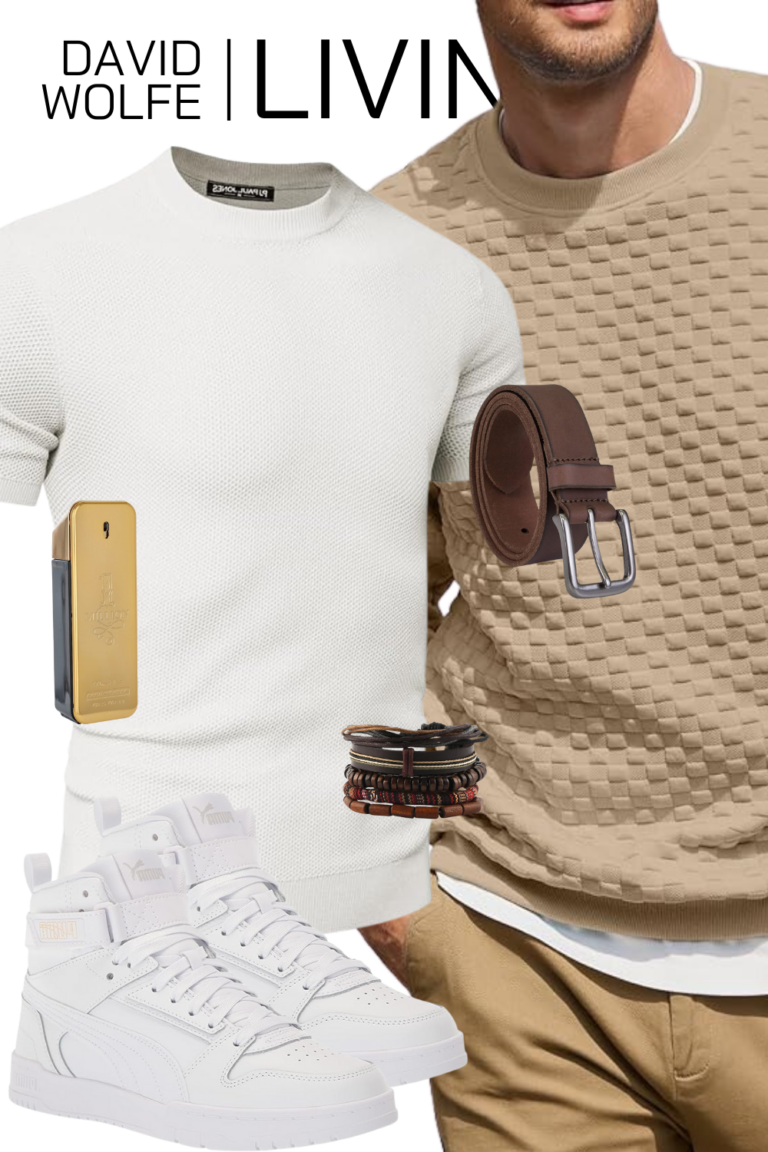Introduction: The Magic of Tailoring Vintage Clothing
Ever find a killer vintage jacket that just doesn’t fit right? You know, the kind that makes you feel like it was made for a completely different species? Maybe it’s too big in the shoulders or hangs a bit funny at the waist. Vintage clothes are awesome, but let’s be real, sizing back then was all over the map. Don’t let that stop you. With just a few tweaks, you can make that old piece look like it was made just for you—without losing any of its charm. I remember picking up this vintage leather jacket that seemed totally hopeless. It was baggy in all the wrong places, and honestly, I almost gave up on it. But after some small tweaks, it ended up being my favorite piece. Let’s dive in and make those vintage finds work for you, without losing any of their charm.
Primary Keywords: tailoring vintage clothing, vintage clothing alterations, how to tailor vintage clothes.
Before You Tailor: Assessing Your Vintage Treasure
First off, take a good look at what you’re dealing with. Vintage clothing can be fragile. Old fabric often has weak spots or seams that are ready to give out. Check every inch, trust me, it’s worth it. Look over the fabric, seams, and all the details like buttons or embroidery. If it’s falling apart, you might need a pro. But if it’s just about resizing, you’re in the right place.
I once found an old denim jacket at a flea market. It had frayed edges and a few weak seams, but I saw the potential. After some reinforcing and a few adjustments, it felt brand new. It was like breathing fresh life into something that had history. Sometimes, all it really needs is a bit of TLC to make it shine again.
Vintage clothes are cut differently than what you’re used to. Sizing was all over the place back then, so you’ll probably need to tweak it for a modern fit. Sure, not every piece is worth the hassle, but when you find that gem, you know it’s worth all the effort.
Primary Keywords: vintage clothing fit, altering vintage garments, resizing vintage clothes.
Step-by-Step Tailoring Guide: Turning Old Into Gold
Step 1: Take Accurate Measurements
Start by getting accurate measurements, both your body and the garment. Grab a measuring tape and get a buddy to help. Measure your shoulders, chest, waist, and arms. It’s kind of a pain, but it makes all the difference. Compare those to the garment and figure out what needs adjusting. Always remember: measure twice, cut once. Trust me, it’s worth being careful.
I made the mistake once of eyeballing a vintage shirt, thinking I could skip measuring. Bad call—I ended up with sleeves that were so short, I looked like I’d outgrown the shirt overnight. Ever since, I make sure to measure properly. It saves a lot of headaches.
Step 2: Start Simple
Start with the easy fixes. Too long? Hem it. Too loose? Take in the seams. These basic tweaks can seriously make a world of difference. Tightening up a shirt here and there can turn it from baggy to just right. Honestly, these small changes often have the biggest impact.
Step 3: Advanced Alterations
Feeling more confident? Time to tackle the tougher stuff. Adding darts can really give a loose shirt some much-needed shape—turning it from sloppy to sharp in no time. Those shoulder pads? If they’re too much, take ’em out or modernize them. Resizing a suit’s bodice can make it look sharp and modern. It takes time, but the goal is to make it look like it always belonged in your wardrobe.
I once worked on a vintage suit that was a couple sizes too big. It took patience, adjusting the bodice and shoulders, but the result was incredible. Now, it’s my go-to for special occasions. There’s just something about wearing something you’ve poured your effort into, you know? It feels more like yours.
Primary Keywords: tailoring guide, altering vintage suits, adjusting vintage clothing.
Tools and Materials: Essential Gear for DIY Alterations
If you’re tailoring at home, you need some basic gear. Get yourself a sewing machine, it doesn’t have to be anything fancy, just functional. Tailor’s chalk is a lifesaver for marking where to cut or sew—trust me, guessing never ends well. You’ll also need sharp scissors, a seam ripper, and matching thread. Try to match the original fabric as closely as possible, so your changes blend in seamlessly.
Here’s a tip: When I first started, I used mismatched thread because it’s all I had on hand. Didn’t look great, to be honest. Matching thread makes a world of difference if you want it to look like you didn’t just pull it together in a rush.
Primary Keywords: sewing tools for vintage clothing, DIY tailoring tools, vintage clothing materials.
Preserving Vintage Integrity: Don’t Lose the Essence
You want it to fit, but you also want to keep what makes it special. Vintage clothes have a unique vibe, could be the buttons, the stitching, or the overall shape. Don’t go overboard with alterations. If there’s some cool embroidery, find a way to work around it instead of covering it up. It’s those little details that make vintage pieces so special. Keep the details that made you love it in the first place.
I had an old embroidered vest that was a little too loose. Instead of taking it in at the sides and risking the embroidery, I added darts to the back. The front stayed looking original, but now it fit me perfectly. Sometimes it’s about finding a solution that preserves the character.
Primary Keywords: preserving vintage clothing, maintaining vintage style, tailoring vintage without losing charm.
Common Challenges and Smart Solutions
Fragile Fabrics
Some vintage pieces are made from delicate materials. Silk, lace, or anything that’s been around for decades can tear easily. Make sure to reinforce any weak areas before you start cutting or sewing. Stitch slowly and avoid yanking on the fabric. It’s not a race, take it easy.
I learned this the hard way when I rushed through a lace shirt. It tore, and I had to spend extra time fixing it. Now, I always take my time, especially with delicate items. It’s worth the patience.
Old Patterns and Stitching
Vintage clothes often have weird seam placements or old stitching techniques. This can make tailoring a bit tricky. Take time to study the garment. If the seams are looking complex, take your time. Rushing just makes things messier. And if you’re stuck, it’s fine to consult a pro. Sometimes you need a second opinion to get it right.
Primary Keywords: repairing vintage fabrics, altering fragile vintage clothing, dealing with vintage seams.
FAQs Section: Answering Your Burning Questions
Can I alter vintage clothes myself?
Definitely. Simple alterations like hemming and taking in seams can be done by most people at home. Start small, and you’ll see your confidence build with every tweak you make.
What’s the best way to handle delicate vintage fabrics?
Be gentle. Reinforce those weak spots, sew slowly, and make sure you’re using the right tools. It’s not a sprint. A good sewing machine and steady hands go a long way. Patience is key here.
Should I add modern elements to vintage clothing?
It’s totally up to you. But remember, part of what makes vintage awesome is its unique style—so keep that vibe if you can. Make your modern adjustments subtle, don’t overdo it.
Is it worth getting a professional tailor for vintage clothes?
Sometimes, yeah. If it’s delicate or really valuable, a professional can make sure you don’t mess it up. Better safe than sorry.
How do I know if a vintage piece is worth altering?
Check the condition, fabric quality, and if it makes you smile. If it’s in good shape and you love it, then it’s worth it.
What are the easiest alterations for a beginner to try?
Start with hemming, taking in side seams, or shortening sleeves. Simple changes, big impact. Baby steps lead to big wins.
Can I restore damaged details like buttons or embroidery?
Yes, but do it carefully. Replace buttons with similar vintage ones, and reinforce embroidery rather than replacing it entirely. Try to keep it as close to the original as possible.
How do I make sure my alterations don’t look obvious?
Match your thread to the original fabric, use small, neat stitches, and follow the existing seams closely. The goal is for it to look like it’s always been that way.
How much does it cost to tailor vintage clothes?
It varies. Simple fixes like hemming can be cheap if you do it yourself. But complex alterations or delicate fabrics can get pricey if done by a pro. Think about how much you love the piece, it needs to be worth it to you.
What should I avoid when tailoring vintage clothes?
Avoid changes that can’t be undone. Vintage is about the unique look, so don’t take away what makes it special. If you’re unsure, leave it.
Primary Keywords: DIY vintage alterations, vintage tailoring tips, vintage clothing FAQs.
Wear Your Story, Tailor Your Vintage
Tailoring vintage clothes is about giving something old new life, with your own personal twist. It’s rewarding, not just for the perfect fit, but because you’re preserving history and making it yours. Don’t be scared to take on a few alterations. It’s all part of the journey, and it’ll be worth it. Whether you’re doing it yourself or working with a tailor, make it yours. Got stories about your vintage finds? Share them. Let’s swap tips, share some stories, and show off our work. Nothing beats that feeling of nailing a perfect fit.
Primary Keywords: tailoring vintage clothes, making vintage clothes fit, how to alter vintage clothing.


